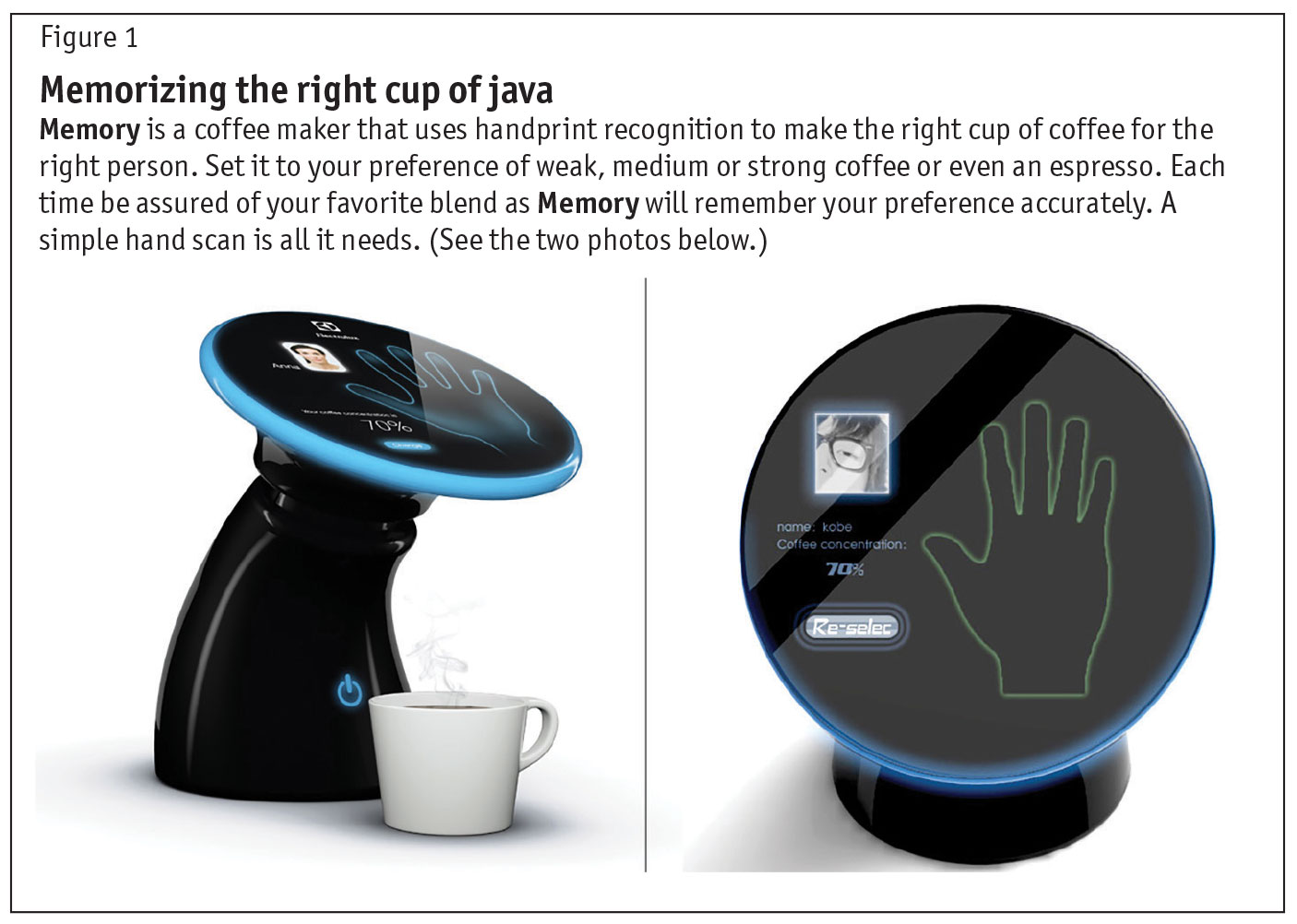Editor's note: Albert Fitzgerald is president of Visions Research, Rancho Santa Fe, Calif.
Contrary to what we may logically assume, studies of brain activity show that decision-making tends to be handled by subconscious mental processes. Yet classic market research techniques tend to only measure conscious thought.
To measure subconscious thoughts, researchers have developed a range of physiological and neuroscience tools like: expression analysis; eye tracking; electroencephalogram (EEG), which is a test that detects electrical activity in your brain; galvanic skin response (GSR); heart rate; respiration; voice analysis; fMRI or functional magnetic resonance imaging, which measures brain activity by detecting changes associated with blood flow; and limited time exposure.
Why is so much time being spent studying neuroscience tools? Many now believe that to fully understand how consumers make decisions, we need to gain a window into the subconscious and neuroscience tools are seen as a way to do that. But most all of these techniques can be either impractical or costly and difficult to implement because they typically require special laboratory settings – except one!
Limited time exposure is a technique that shows great potential for measuring subconscious thought. It is practical, cost-effective and implementable via Web-based surveys.
To investigate and illustrate its application, we conducted a survey with 400 consumers divided into two groups: Group A saw a product description for 15 seconds; Group B could look at the product description for as long as they liked.
With the Web-based survey platform we used (SurveyGizmo), you have the ability for someone to see a screen for a set amount of time and to randomize which questions people see. So we created two questions. Question one showed the product description on the screen and there was a timer so the screen went away after a fixed time (15 seconds). Question two showed the product description and when the respondent had finished reading it there was a [NEXT] button they clicked to go to the next question. Again, they could view the product description for as long as they liked.
Figure 1 shows the product description that both groups saw.

Group A and Group B were asked to rate attractiveness and likelihood to buy. When we compared the results between Group A and Group B they were identical. Respondents made decisions about the coffeemaker concept extremely quickly. And giving them unlimited time did not change their impressions of the concept.
Think about it: In 15 seconds people were able to grasp the concept, decide if they would buy and describe the concept back to us.
Group A and Group B were asked to tell us the message or key idea of the concept. While each group found the concept equally attractive, the key takeaways were different: Group A (limited time) tended to give us just the facts while Group B (unlimited time) tended to give more benefits and opinions of the coffeemaker.
How were the messages different?
Group A (limited time) tended to write basic descriptions and gave us five key takeaways:
What is it? “A coffee maker.”
What does it do? “Makes perfect coffee.”
How? “Uses handprint recognition.”
That it identifies you: “Customized.”
Some aesthetics feedback. “Futuristic-looking,” “sleek.”
Group B (unlimited time) tended to give opinions and benefits.
“I like the idea.”
“Interesting.”
“Revolutionary.”
“Futuristic approach.”
In terms of benefits, we saw comments that were not even mentioned in the product description such as:
“Personalized coffee at home instead of going to a coffee shop.”
“Saves lots of time.”
“Right temperature and taste.”
Miss critically important thoughts
Typical market research can miss critically important thoughts and consumer impressions. Why? Because by giving respondents unlimited time to review concepts we are focusing on conscious thought processes.
Our experiment showed us that people tell us different things about a product depending on how much time we give them to think about it. Yet both groups found the product equally attractive.
Giving respondents limited time told us the key messages that resonate about the product and gave us a peek into the subconscious and what motivates decision-making.
Giving respondents unlimited time tended to give us intellectualized responses that made it hard to tell what really drives the decision and thoughts and ideas from the rational, thinking part of the brain.
Some refer to these systems of thought as System 1 (subconscious thought) and System 2 (conscious thought). We gain insights from both and we think we need both to understand customer insights. Customers make gut-level, subconscious decisions quickly. And in this study we find that giving more time does not change these decisions.
Neuroscience tools are evolving but are often impractical. But limited time exposure is a quick, practical, cost-effective solution. To understand customer motivations, we need to understand both conscious and subconscious thoughts. Subconscious (using limited time exposure) shows what drives decisions. Conscious (providing unlimited time) gives deeper interpretive opinions and beliefs.
This is not a proprietary approach, just a very clever idea. We did this as a test study and paid for all recruitment so that it was not proprietary to any of our clients. We used an online Web-based survey platform (SurveyGizmo) to implement the survey but any Web-based platform could have been used. As long as you use survey-hosting software with the ability to limit the amount of time someone sees a question (in our case a product description), then you can easily implement a survey like this. Why not conduct some research-on-research and see if it works for you too?
